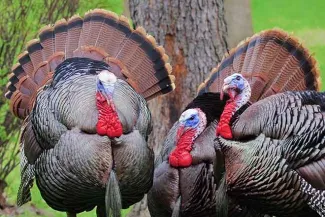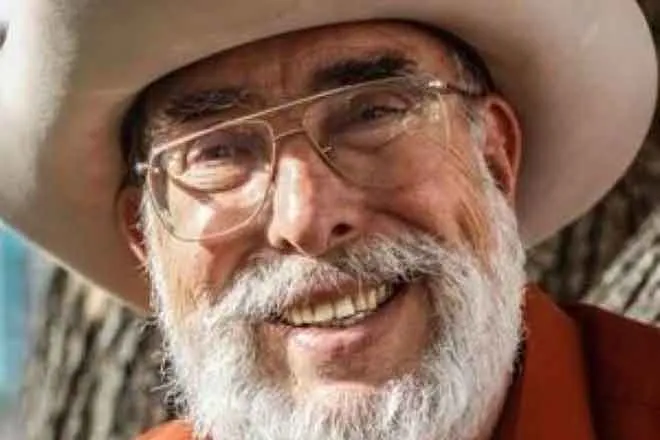
EarthTalk - What’s causing the decline in U.S. wild turkey populations?
© iStock
Dear EarthTalk:
What’s causing the decline in U.S. wild turkey populations?
John Groveton, Alexandria, VA
Americans have always loved wild turkeys, perhaps too much. By 1900, we had nearly driven this close relative to the chicken to extinction as a result of unregulated hunting and habitat destruction. But thanks to conservation and relocation efforts, these big birds started making a comeback in the 1940s. Over the next several decades, thanks to a series of reforms and demographic changes, wild turkey numbers grew and the species hit its population peak in 2004 with as many as seven million of them across the U.S. All this made wild turkeys one of the biggest success stories in the history of American wildlife?
But will it last? Since that population peak, wild turkey numbers have fallen, declining some 15 percent between 2004-2014 and another 3 percent between 2014-2019. Biologists are struggling to determine why. Much of this decline has been in the South and the Midwest. Scientists have been investigating habitat loss, hunting, disease and climate change, as all possible causes of this population downturn.

© iStock - Jeffengeloutdoors.com
One of the potential reasons causes for the decline is the rise in turkey-eating predators. Hawks, bobcats, coyotes and raccoons are among wild turkeys’ natural predators. Hawks and owls are protected species and have had significant rebounds since the federal government banned the use of the pesticide DDT. This protection has allowed populations of birds of prey to grow, but they are also key predators of turkeys. This increase in predators could be one of the sources of the turkey decline.
Turkeys have very specific requirements when it comes to their environment, so habitat loss could be another factor of their decline. Turkeys need areas of low, thick vegetation for nesting and raising chicks, and areas with mature trees to provide nuts to eat in the fall. As more natural areas are destroyed, turkeys may be having a harder time finding swatches of land that meets all of their needs.
Climate change is likely another factor. Turkeys may be experiencing a failure to respond to the environmental shifts of climate change. A study published in the journal Climate Change Ecology found that turkeys don’t shift nesting times much as temperatures and precipitation change. This has can cause newly hatched turkeys to miss out on plant cover and edible bugs if the spring bloom starts earlier. In turn, this could affect the likelihood that turkey chicks survive into adulthood. We already know that rising temperatures affect over 100 bird species in the Americas; they might be harming turkeys too.
There is more research needed to find a definitive answer to the decline in turkey populations. It is most likely that the answer is the combination of a number of problems. As scientists look for solutions, many states have started to scale back on turkey hunting seasons in hopes of bringing population numbers up again.
CONTACTS
- Wild turkey population is declining rapidly, puzzling scientists: ‘It may be a bunch of things all adding together’, https://news.yahoo.com/wild-turkey-population-declining-rapidly-050000176.html
- Wild turkeys are disappearing — but no one is sure why, https://www.washingtonpost.com/climate-environment/2023/11/23/wild-turkey-population-decline/
- As the climate changes, wild turkeys aren’t keeping up - The Wildlife Society, https://wildlife.org/as-the-climate-changes-wild-turkeys-arent-keeping-up/.
EarthTalk® is produced by Roddy Scheer & Doug Moss for the 501(c)3 nonprofit EarthTalk. See more athttps://emagazine.com. To donate, visit https://earthtalk.org. Send questions to: question@earthtalk.org.

















